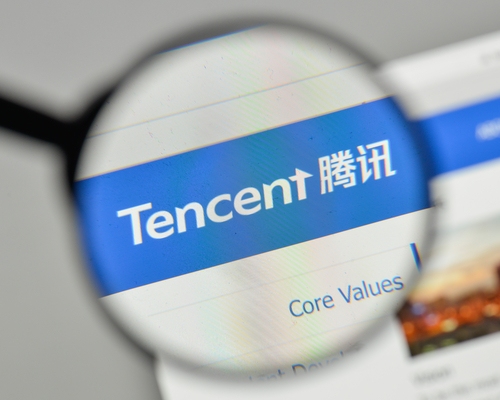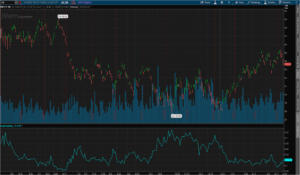Tencent’s latest quarterly numbers just dropped, and traders didn’t seem to like the results. Shares closed down 3.5% on the report, but analysts and long term investors still seem to like the story.
As of the close of business Friday (22 March 2019), Barclays maintained an overweight on Tencent shares and actually upped their price objective. Within the release, analysts noted weakness in the video game sector. Some weakness here has been attributed to the Chinese government and their crackdown on new video game approvals in much of 2018. In 2018, Tencent’s revenue share attributed to video games dropped from 41% to 33%, vs. the year before. Revenues did, however, grow as a whole, increasing 31% year-over-year. Within the latest quarter, social networks and online ads saw their share remain the same vs. the last quarter, but the “other” segment realized 4 percentage points of growth.
The “other” segment includes two major businesses units, fintech and cloud services. On the fintech side, this unit includes Lingqiantong, a segment within WeChat that is less than two years old and allows users to transfer money, pay bills and invest in money market mutual funds to name a few. The other key factor within the “other” segment is the cloud. Cloud is growing so fast that Tencent will soon break out cloud into its own revenue segment. Tencent’s cloud services offer unique solutions to a number of different clients. While on the topic of gaming, according to a Tencent press release, Tencent Cloud offers gaming clients “high concurrency, rapid elastic expansion, anti-DDoS protection, and tailored solutions to various game genres.”
At 10,000 feet, the Chinese market has seemingly put in a short term bottom. Local leadership like Tencent has rallied 40%+ off the October lows. As such, implied volatility on the Chinese market, as measured by FXI ETF derivatives, has come in 11 percentage points…from 33% to 22% or down 33%. Displayed below from TD Ameritrade.
Chinese large caps stocks have seen implied volatility oscillate between 33% & 18% within the last 52 weeks. Options are currently priced in the 25th percentile of this range, or relatively cheap should investors be interested in hedging strategies. Across the Pacific, implied volatility has collapsed around 50% on the American stocks; the S&P 500…should investors be looking for a different way to protect equity exposure.



